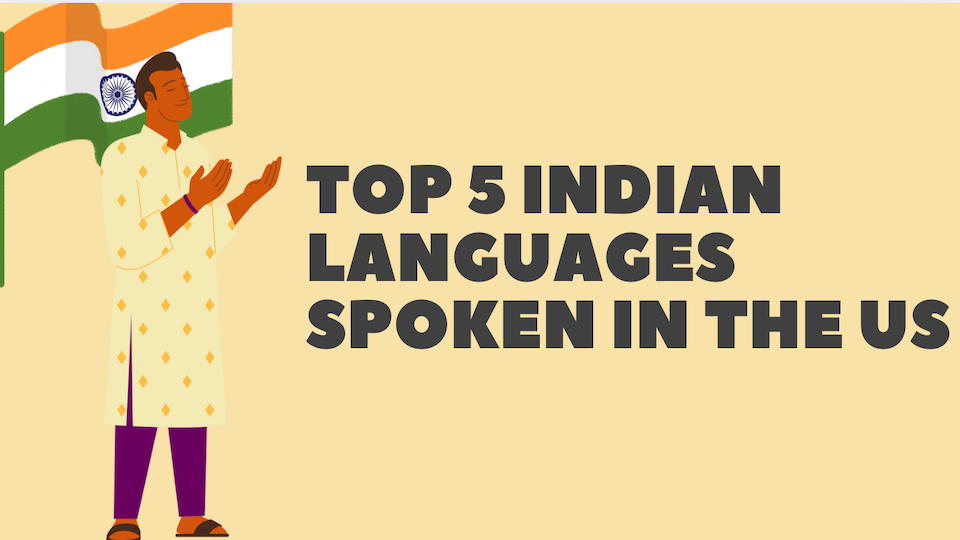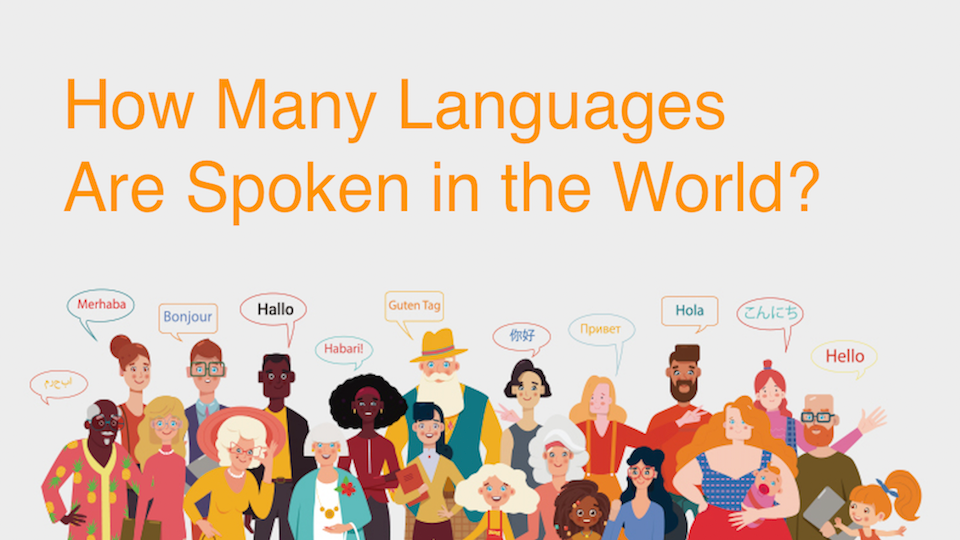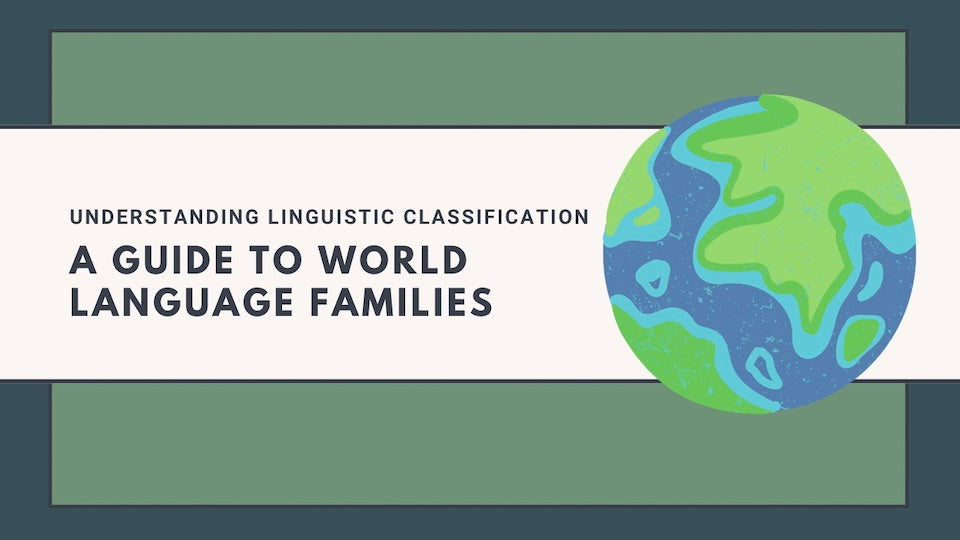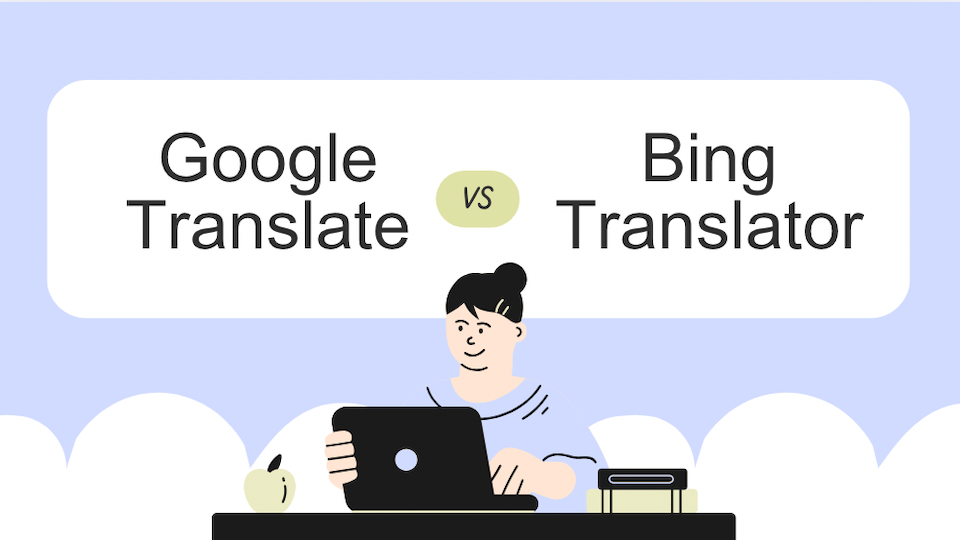
Top 5 Indian languages spoken in the US
The US has always been a cultural tapestry where different communities add to the nation’s languages, traditions and heritage. Within this linguistic landscape Indian languages have made a big presence as Indian-Americans have grown in influence and in the country. As the Indian-American population grows – 4.5 million according to recent numbers – the languages they bring with them are now part of America’s multiculture.
America's Growing Indian Language Landscape
The US is a true melting pot of languages with hundreds of languages spoken across the country. Among these, Indian languages have a special place, one of the fastest growing language groups in the country. This growth is directly proportional to immigration patterns and the growing Indian-American community that has put down roots in many states.
Census data shows that the number of Indian language speakers has grown significantly over the last two decades. This linguistic diversity is not just communication tools – these languages carry centuries of cultural wisdom, literary traditions and unique worldviews that now enrich American society. From tech hubs in California to hospitals in the Midwest, from universities to startups, Indian language speakers contribute to American progress while keeping their language alive.
These languages in America is a beautiful balance of integration and cultural preservation. Many Indian American families are raising bilingual kids who navigate both worlds with ease, building bridges between generations and cultures. This bilingualism not only enriches their personal lives but also their professional opportunities as multilingualism is highly valued in the global economy.

Hindi: The Most Spoken Indian Language in America
Hindi is the most spoken Indian language in the US with hundreds of thousands of speakers across the country. As the most spoken language of India and one of the most spoken languages in the world, Hindi has a strong presence in American communities with large Indian populations.
For many Indian American families, Hindi is the cultural and communication bridge between generations. Grandparents and parents use the language to pass on cultural values, traditions and stories to younger generations born in the US. This intergenerational connection helps to keep the cultural identity while adapting to American life. Hindi classes have become very common in weekend community schools where children of Indian origin learn the language along with the culture.
Beyond the home, Hindi thrives in cultural events, religious gatherings, and media consumption. The rise of streaming platforms has made Hindi films, television shows, and music more accessible than ever before, allowing speakers to maintain their connection to the language regardless of where they live in the United States. Major cities like New York, Chicago, San Francisco, and Houston host Hindi film festivals, poetry readings, and theatrical performances that celebrate the richness of Hindi language and culture. These events not only entertain but also educate, providing a platform for cultural exchange and understanding.
Gujarati: Building Business and Cultural Connections
Coming in second to Hindi is Gujarati, a language that has followed a community known for its business acumen. The Gujarati speaking population in the US has a strong presence in the business sector, from hotel ownership to convenience stores, from tech startups to medical practices.
The concentration of Gujarati speakers in states like New Jersey, California, Texas and Illinois has created cultural hotspots where the language is spoken beyond family conversations. Gujarati cultural associations organize regular events for festivals like Navratri and Diwali where the language takes center stage in performances, speeches and community gatherings. These events are not just entertainment but also spaces for language preservation and cultural transmission.
For many Gujarati Americans the language is a direct link to their heritage and community values. Gujarati newspapers, websites and social media groups help keep the language alive and community members connected to local and international news that matters to them. The language has become an identity and a sense of belonging among speakers whether they have been in the US for 5 years or 50. This sense of belonging is further strengthened by the networks of Gujarati business owners who support each other, creating an economic and cultural ecosystem.
Telugu: A Rising Linguistic Star
Telugu has seen a massive growth in the US over the last decade with the influx of tech professionals and students from Andhra Pradesh and Telangana. This growth is more visible in tech hubs like San Francisco Bay Area, Seattle and Austin where Telugu speaking community is thriving.
The Telugu community in America is very proactive in promoting its literary and cinematic heritage. Telugu literary conferences every year attract thousands of people with renowned authors, poets and cultural personalities who help keep the language alive outside. Telugu film screenings in major American cities are always sold out which shows the community’s commitment to keep their language and culture alive.
What distinguishes the Telugu-speaking community is their investment in formal language education for younger generations. Many of us have weekend Telugu schools where American born kids learn not just conversational skills but also reading and writing in Telugu script. Digital platforms designed for Telugu learners in the diaspora have further opened up language resources, so the language can thrive in American soil. This investment in education is a broader cultural value we have in Telugu society.
Bengali: Literary Heritage in America
Bengali speakers in the US carry a language with a rich literary heritage, including the works of Nobel laureate Rabindranath Tagore. This literary tradition continues to flourish in American Bengali communities, especially in cities like New York, Detroit, Chicago and Los Angeles where Bengalis have a significant presence.
The Bengali-American community celebrates its language through many cultural festivals throughout the year. Pohela Boishakh (Bengali New Year) celebrations, Durga Puja and literary events are big draws and important platforms for language preservation. These events feature Bengali poetry recitals, music, plays and storytelling sessions that keep the language alive for the younger generation.
US universities have also recognized Bengali as an important language and several major universities offer courses in the language and literature. Formal education complements community based language schools and takes Bengali beyond a heritage language. Digital archives of Bengali literature and language resources have made learning materials more available than ever before and supports language maintenance among the diaspora. This access to resources means the rich Bengali literary tradition will continue to inspire and educate new ones.
Tamil: Ancient Linguistic Traditions in Modern America
Tamil is one of the oldest living languages in the world with a literary tradition over 2,000 years old. In the US, Tamil speaking communities have established themselves and are working hard to preserve this ancient language and adapt to American life.
Tamil community has been very successful in creating institutional support for language preservation. Tamil Sangams (cultural associations) in major cities organize language classes, cultural programs and competitions to encourage language learning among the younger generation. These organizations often collaborate with temples which are the cultural hubs where Tamil is used in religious rituals, cultural discourses and community gatherings.
What makes the Tamil community unique is their use of technology for language preservation. Online Tamil language courses, mobile apps for vocabulary building and virtual communities connect Tamil speakers across the country. Annual Tamil conventions bring together thousands of Tamil Americans to celebrate their language through music, dance, poetry and oratory competitions. This way one of the oldest languages of humanity will continue to live in one of the youngest nations. Technology helps in language preservation and also brings a sense of global community among Tamil speakers.
Preserving Indian Languages in America: Challenges and Opportunities
These five languages are the most widely spoken Indian languages in the US but they are part of a larger Indian linguistic landscape that includes Malayalam, Punjabi, Marathi, Kannada and many more. Each of these language communities face similar challenges in preserving their linguistic heritage while integrating into American society.
The biggest challenge for many families is intergenerational language transmission. As children grow up in English dominant environments, maintaining fluency in heritage languages requires conscious effort. Community language schools, cultural associations and religious institutions play a big role in supporting these efforts, creating spaces where these languages are valued and practiced.
Digital technology has become a powerful tool for language preservation with streaming content, language learning apps and social media communities making it easier than ever to access resources in Indian languages. These technological solutions bridge geographical distances and connect speakers across the country creating virtual language communities that complement in-person meetups.
As the Indian-American community grows in size and influence their languages will only become more integral to America’s linguistic landscape. Preserving these languages is not just about heritage but about enriching American diversity – a reminder that the American story is still being written in many languages. This ongoing story of linguistic diversity is a dynamic and ever changing one where multiple cultures and languages coexist and enrich each other.
FAQs About Indian Languages in the US
How many people speak Indian languages in the US?
Numbers vary but census says over 800,000 Americans speak Indian languages at home and Hindi is the most spoken.
Are Indian languages taught in American public schools?
Not in standard curriculum but some public schools in areas with large Indian-American population offer Indian languages as electives. More commonly they are taught in weekend community schools.
How do Indian-American families keep their heritage languages?
Many families speak their native languages at home, enroll children in community language schools, participate in cultural events and use digital media in their heritage languages.
Which states have the highest population of Indian language speakers?
California, New Jersey, Texas, New York and Illinois have the largest number of Indian language speakers which corresponds to general Indian-American population centers.
Are Indian languages growing or declining in the US?
Overall Indian languages are growing in the US, more immigration from India and more efforts towards language preservation in the community. This growth is a testament to the resilience and adaptability of the community who are keeping and sustaining their linguistic heritage in a new land.



















